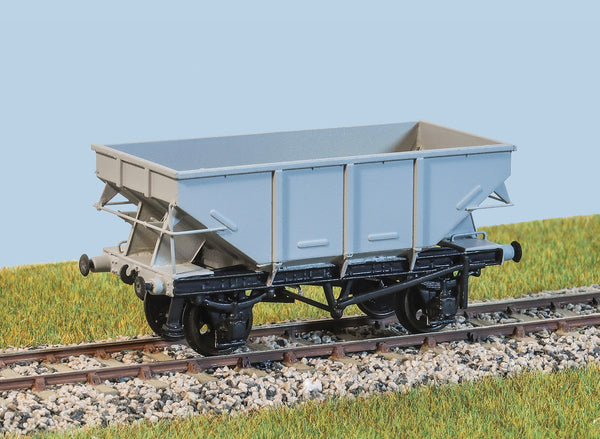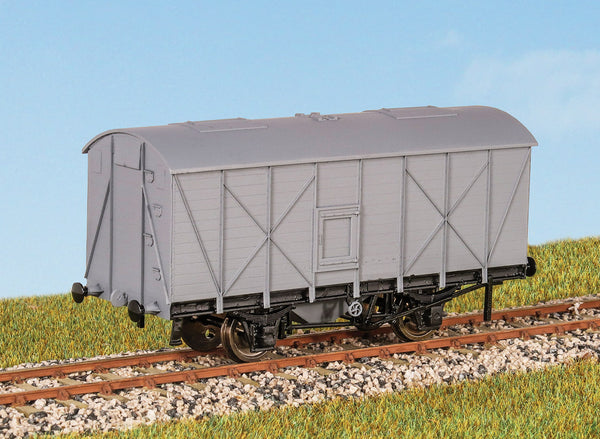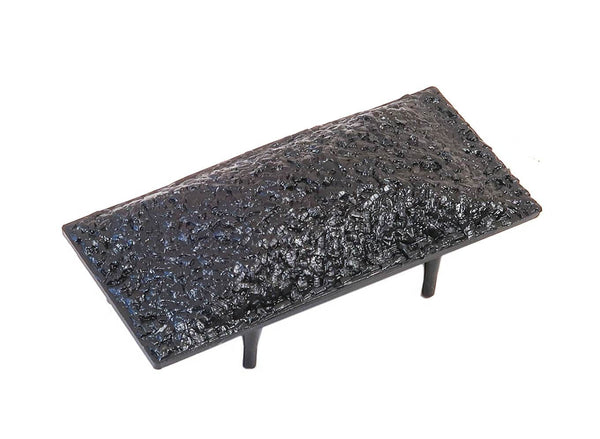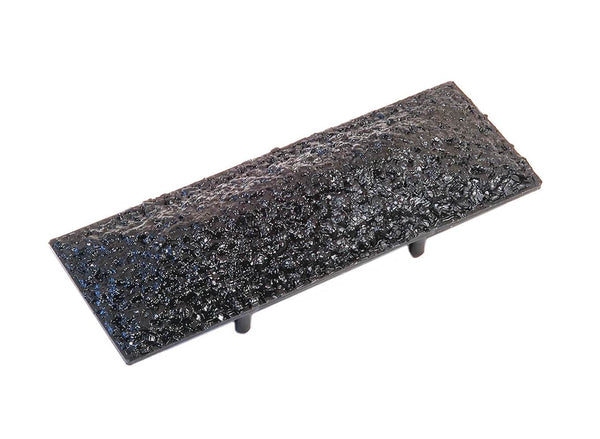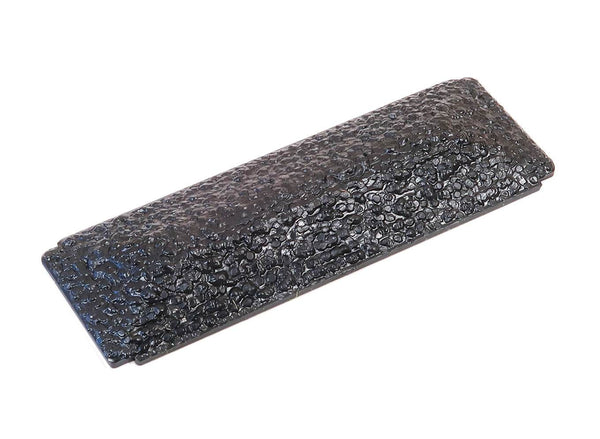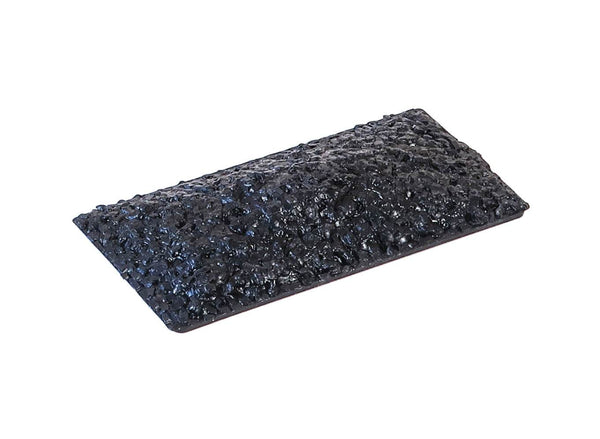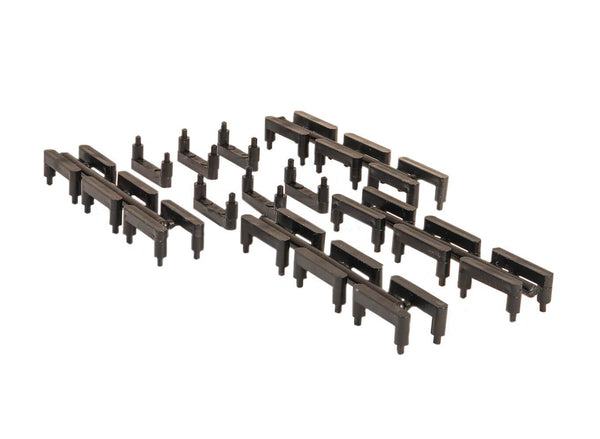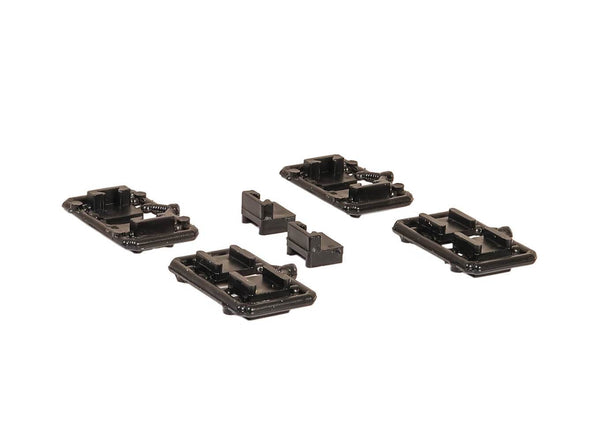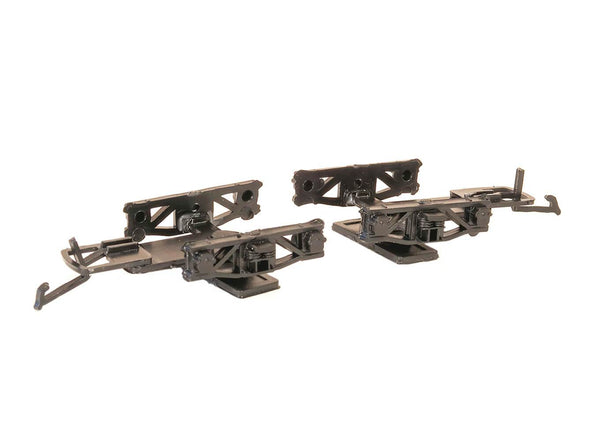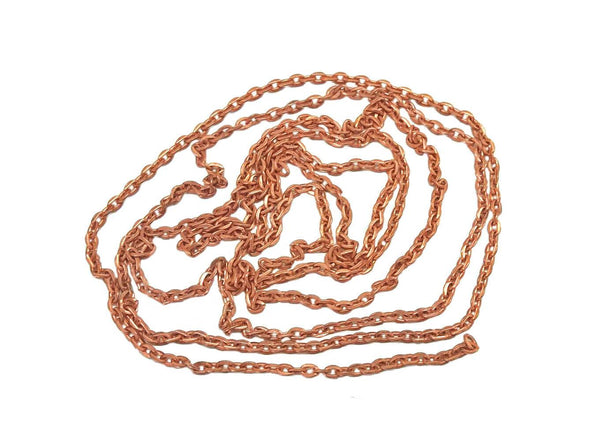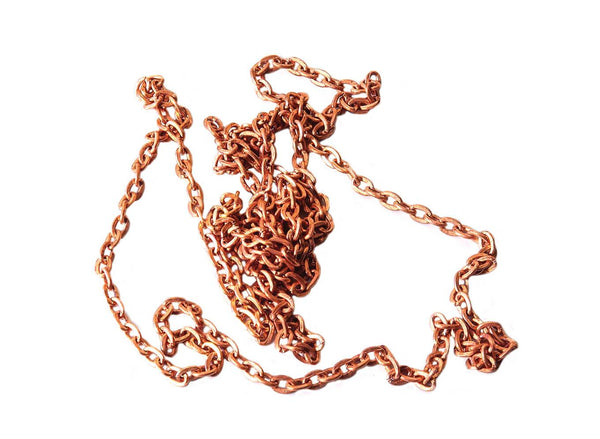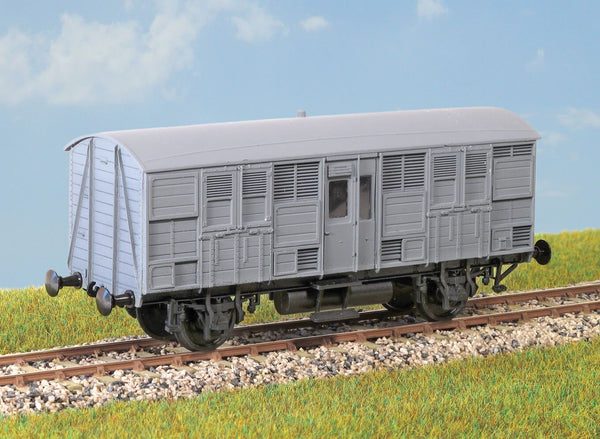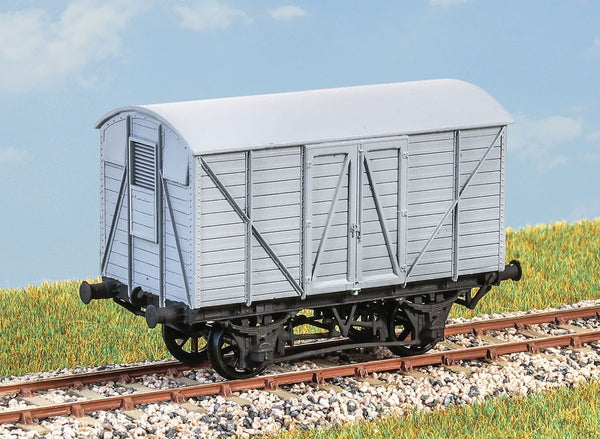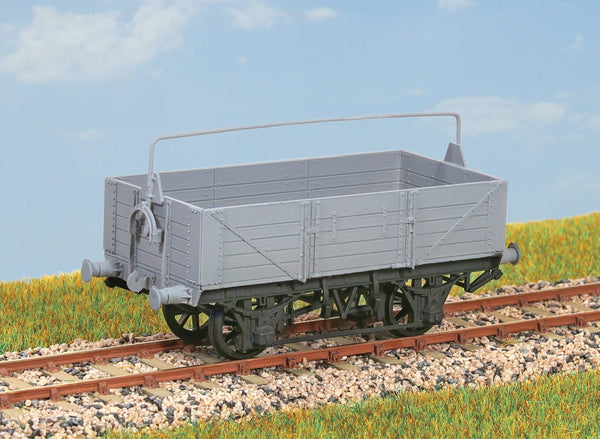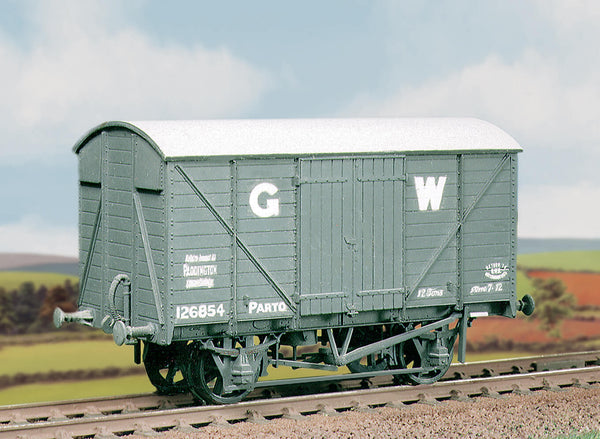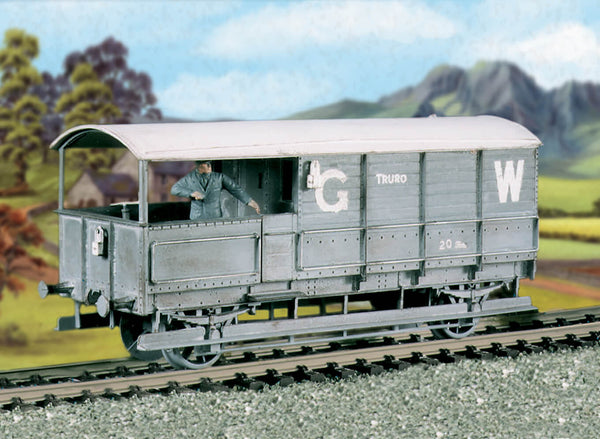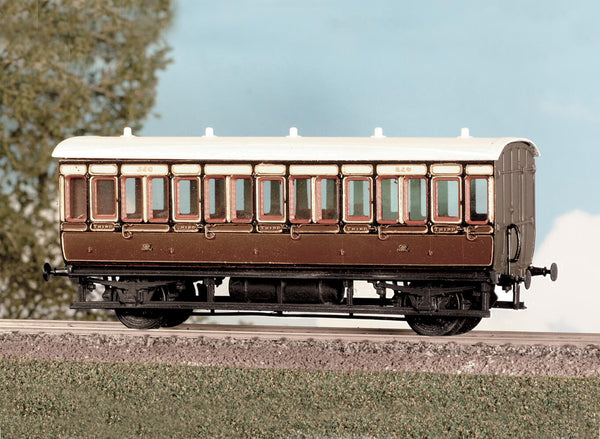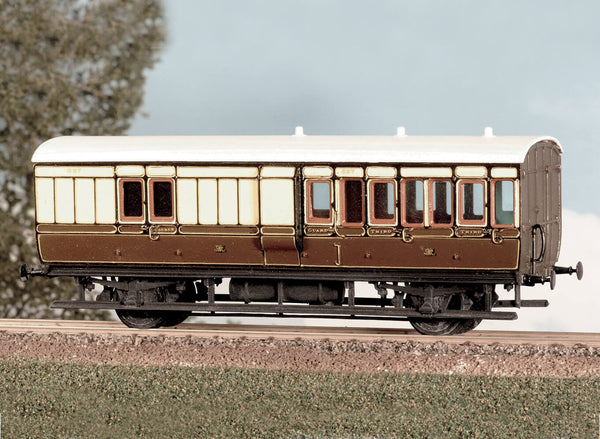BROWSE PECO PRODUCTS
Browse through our complete product portfolio.
158 Products Found
British Railways 13 Ton Steel Body Hopper (LNER)
Over 2,600 of these wagons were built for use on British Railways, between 1949 and 1953. They became synonymous with the North East Region, where coal drop staithes were commonly provided in the station goods yard, so a bottom-discharge hopper was the obvious type to use. Although intended for transporting coal, in later life they became more nomadic around the UK and were used for carrying other materials such as stone and sand. The last examples lingered in service until the early 1980s.
British Railways Bulk Grain Wagon Kit (LNER)
Around 100 of these vans were built by the LNER between 1921 and 1936 for the transportation of grain, initially from the Port of Hull. In time their use became more widespread, often finding work transporting barley from Lincolnshire to the maltings in Scotland. The remaining wagons were retired in the mid-1970s.
Our new kit really is all-new. Brand new tooling producing some very fine plastic mouldings. In addition to that the kit includes brass bearings, fine scale metal wheels and NEM pockets for the tension lock couplers included. A set of waterslide decals for both the LNER and BR periods are included. Assembly is really straight forward aided by the clear and helpful instructions. The resulting model is one that would make a fine addition to any layout, and from a retailer's point of view there is the added attraction of being able to sell multiple kits given that modellers would likely require a rake of these wagons!
Coupling Mounting Blocks
15 pairs for Bachmann (TM) 36-025 and 36-026 Mk2 Mini type Couplings.
Coupling Mounting Blocks for Bachmann (TM) Couplings
Pack of 10 for 36-027 Mk2 Couplings, NEM shaft (cranked) with pocket.
Diamond Frame Wagon Bogies
Kit and scratch builders accessory, as supplied with Bogie Sulphate Wagon kit PC20. Wheels not included.
Fine Chain 13 links per inch
Useful as a load or for securing loads, or for cranes, hoists etc.
Fine Chain 9 links per inch
Useful as a load or for securing loads, or for cranes, hoists etc.
GWR 'Beetle' Prize Cattle Wagon
(Diagram 109) Introduced in the 1920s to carry valuable cattle with their attendants, they were mainly seen on passenger trains until the 1960s. These finely moulded plastic wagon kits come complete with pin point axle wheels and bearings. Glue and paint will be required, along with appropriate transfers. Additional parts to enable the vehicle to be modelled incorporating modifications made to the prototypes during their working life are included where appropriate.
GWR 'Fruit D' Van
This was the final design of the GWR Fruit Van (diagram Y11) of which 50 were built in 1939-1941. More were built by BR in the 1950s and some were in service into the 1970s. These finely moulded plastic wagon kits come complete with pin point axle wheels and bearings. Glue and paint will be required, along with appropriate transfers. Additional parts to enable the vehicle to be modelled incorporating modifications made to the prototypes during their working life are included where appropriate.
GWR 00 12ton China Clay Wagon
500 of these wagons (diagram O13) were built in 1913. Used for short run traffic in Cornwall and to carry china clay to potteries and paper mills. Final withdrawal took place in the late 1950s. These finely moulded plastic wagon kits come complete with pin point axle wheels and bearings. Glue and paint will be required, along with appropriate transfers. Additional parts to enable the vehicle to be modelled incorporating modifications made to the prototypes during their working life are included where appropriate.
GWR 10ton Banana Van
The GWR introduced a fleet of these vans (diagram Y4) in the early 1920s. These vans could still be seen in service into the 1950s. These finely moulded plastic wagon kits come complete with pin point axle wheels and bearings. Glue and paint will be required, along with appropriate transfers. Additional parts to enable the vehicle to be modelled incorporating modifications made to the prototypes during their working life are included where appropriate.
GWR 10ton Goods Van
10 ton Goods Van ‘Mink/Mink A’ V12, V14 and V16 Built between 1907 and 1927. Used for general goods traffic throughout the British railway system. In service until around 1960, later in departmental use. These finely moulded plastic wagon kits come complete with pin point axle wheels and bearings. Glue and paint will be required, along with appropriate transfers. Additional parts to enable the vehicle to be modelled incorporating modifications made to the prototypes during their working life are included where appropriate.
GWR 10ton Gunpowder Van
These gunpowder vans (diagram Z2) were built between 1913 and 1926 to carry gunpowder and other explosives. Examples lasted until around 1960. These finely moulded plastic wagon kits come complete with pin point axle wheels and bearings. Glue and paint will be required, along with appropriate transfers. Additional parts to enable the vehicle to be modelled incorporating modifications made to the prototypes during their working life are included where appropriate.
GWR 10ton Open Goods Wagon
(Diagram O11/15) Over 12000 were built between 1909 and 1922. 011 had hand brake only and 015 wagons had the vacuum brake. Examples lasted into the 1950s. These finely moulded plastic wagon kits come complete with pin point axle wheels and bearings. Glue and paint will be required, along with appropriate transfers. Additional parts to enable the vehicle to be modelled incorporating modifications made to the prototypes during their working life are included where appropriate.
GWR 12ton Ventilated Box Van Kit
7,000 of these vans were built between 1933 and 1945 for the carriage of general merchandise. Transfers are included; glue and paints are required to complete this model.
GWR 20ton 'TOAD' Brake Van Kit
The term 'TOAD' refers to the GWR Telegraph Code for this type of vehicle. The kit includes 3 tail lamps, glazing, hand brake standard and transfers. Glue and paints are required to complete this model.
GWR 4 Wheel Coach Kit
These coaches were constructed between 1890 and 1902 for rural duties, but lasted up until the 1950's on workmen's trains and the like. Glue, paint and transfers are required to complete this model.
GWR 4 Wheel Coach Kit
These coaches were constructed between 1890 and 1902 for rural duties, but lasted up until the 1950's on workmen's trains and the like. Glue, paint and transfers are required to complete this model.










